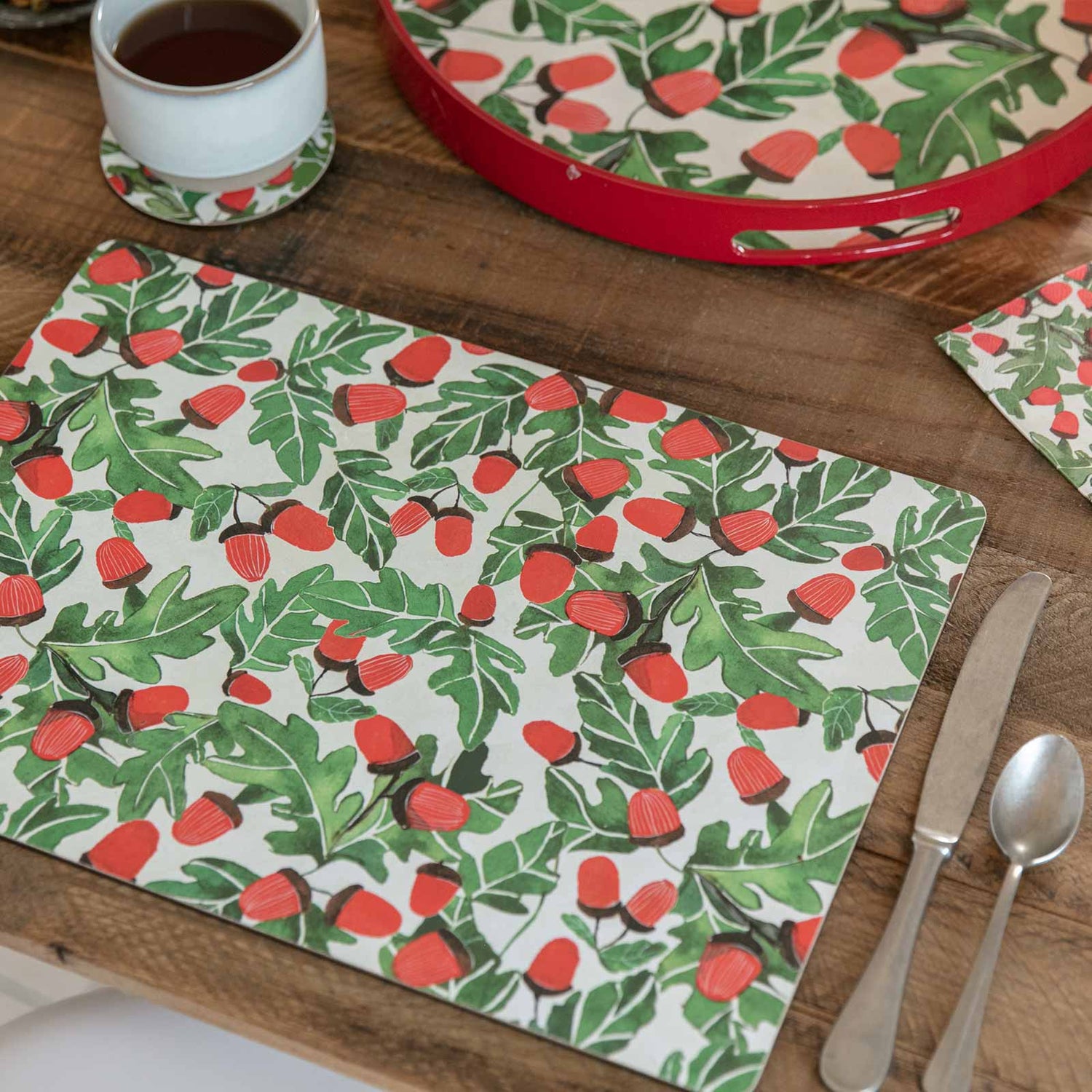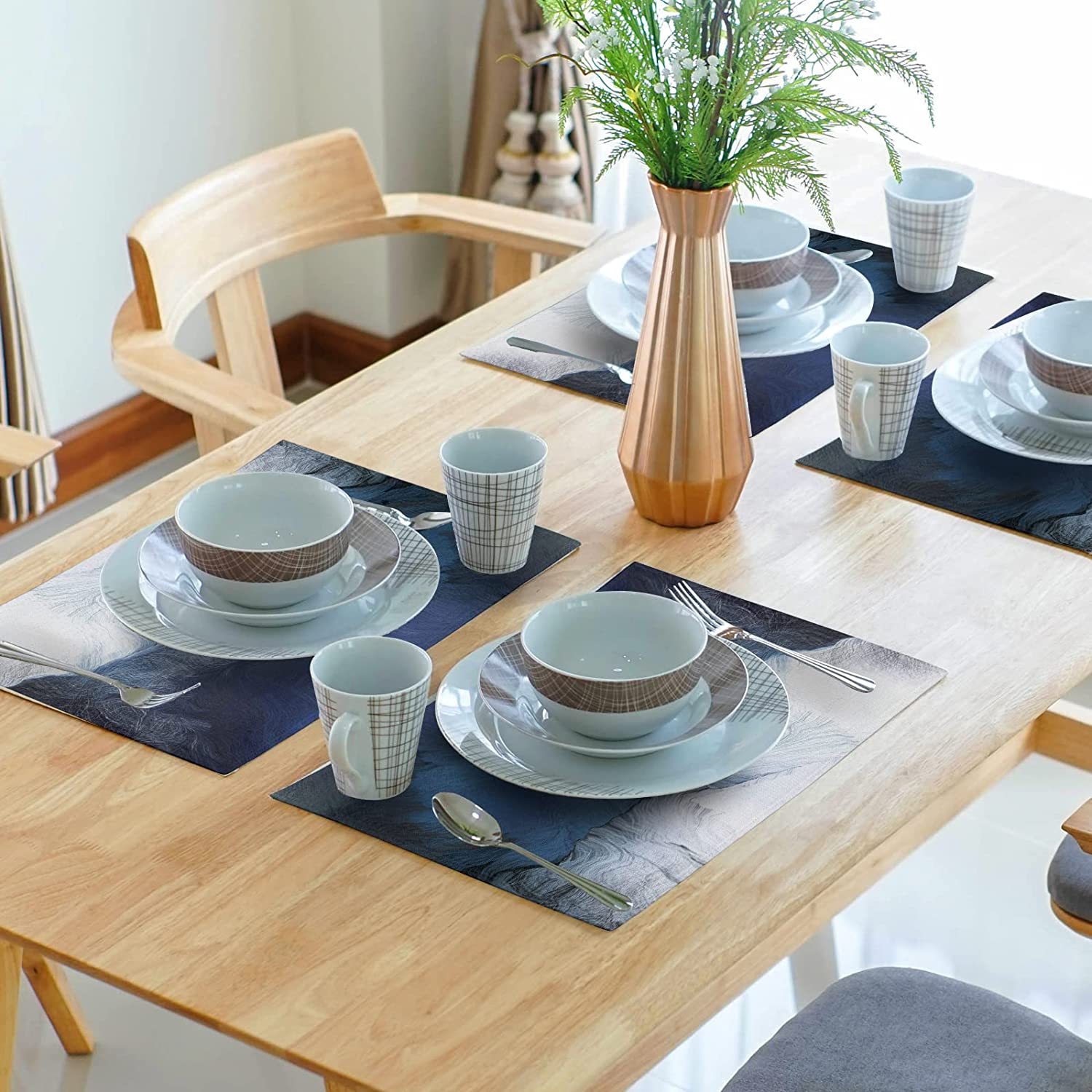All About Top News Sites
All About Top News Sites
Blog Article
The Ultimate Guide To Unique Art
Table of ContentsGetting My Unique Art To WorkNot known Incorrect Statements About Unique Art The Basic Principles Of Unique Art The Of Unique Art
While one might discuss which art kind holds priority, the fact remains that each of these seven types offers an unique home window right into human background, society, and development. They are the tapestries that chronicle our trip, advising us of our past while inspiring visions for the future.Fantastic artwork narrates, makes individuals look twice, and creates a distinct experience that can not be matched. Art and illustrations connect every one of that via shade, shape and other layout aspects. Learn how to make your special art work stand apart from the crowd.
3 Emil DervishIn this entranceway by Emil Dervish that lovely cobalt blue door swipes the program. To bring even much more dramatization, he expanded the paint. to the doorframe and the wall up, ending up in an arched form. The contours, in addition to a round sconce, soften the sides - Unique Art. Then structures vintage posters and maps of beloved areas established the scene.
8 TRIA GIOVANEqual components grand and laidback, this entrance hall designed by Anthony Baratta is the perfect blueprint to adhere to if you're decorating a formal entry that still really feels unfussy and comfy. Formed fabrics take facility phase (see the rugs and the couch), but they also aid bring the high ceilings down to a human range when hung over wallpaper.
Facts About Unique Art Uncovered
18 Heidi Caillier DesignA gallery wall doesn't need to use up the whole area. Often a little one can make a bigger style declaration. In this living area, Hiedi Caillier chose for micro-mini structures and an arbitrary structure. Ad - Continue Reading Below19 Stephen Kent JohnsonDesigner Juan Carretero selected a deep green paint shade to comparison with the light wood finishes.
The components of this languageits forms, lines, colours, tones, and texturesare used in numerous methods to create experiences of quantity, room, activity, and light on a flat surface. These components are incorporated right into meaningful patterns in order to represent genuine or superordinary sensations, to analyze a narrative theme, or to produce wholly abstract visual partnerships.
Later on the concept of the "great musician" developed in Asia and Renaissance Europe. During the 19th century painters in Western societies began to lose their social placement and safe patronage.
Excitement About Unique Art
Others gained a revenue via touring exhibitions of their work. The demand to appeal to a market had replaced the comparable (if much less impersonal) needs of patronage, and its result on the art itself was possibly comparable. Generally, musicians in the 20th century might get to a target market just with review commercial galleries and public galleries, although their work may have been sometimes duplicated in art regulars
For the background of painting in old Egypt, see Egyptian art and architecture. The development of paint in different regions is dealt with in a number of short articles: Western painting; African art; Central Eastern arts; Chinese painting; Islamic arts; Japanese art; Oriental art; Indigenous American art; Nautical art and design; South Asian arts; Southeast Asian arts. For a conversation of the bogus of works of art, see bogus. For a conversation of the duty of painting and various other arts in religious beliefs, along with of using spiritual symbols in art, see religious meaning and iconography. For info on various other arts associated with paint, see write-ups such as drawing; individual art; printmaking. , even when a paint's narrative importance is unknown.
Do not copy the design of various other artists if you're trying to locate your design. Copying various other people's art work can be great in academic purposes however it will certainly not make you closer to finding your own one-of-a-kind design. Your imaginative design needs to be, what you such as and what motivates you.

The Unique Art Ideas
You need to try great deals of different options and check out every little thing before you can he has a good point concentrate on one specific design or you'll be tired, or even worse, you'll despise your very own design. So I suggest you to try every single subject that you're interested in, explore as much as you can. Try various tools that thrill you and new techniques you have actually never ever tried before.
With time you'll have the ability to sort every one of them into your favorite and the very least favorite groups. Try to concentrate your interest on the subjects and mediums that you like and prior to you see it coming you'll have your own personal and unique design, like no person else have! So ultimately you'll have a couple of preferred based on paint and possibly a couple of favorite mediums.

Report this page